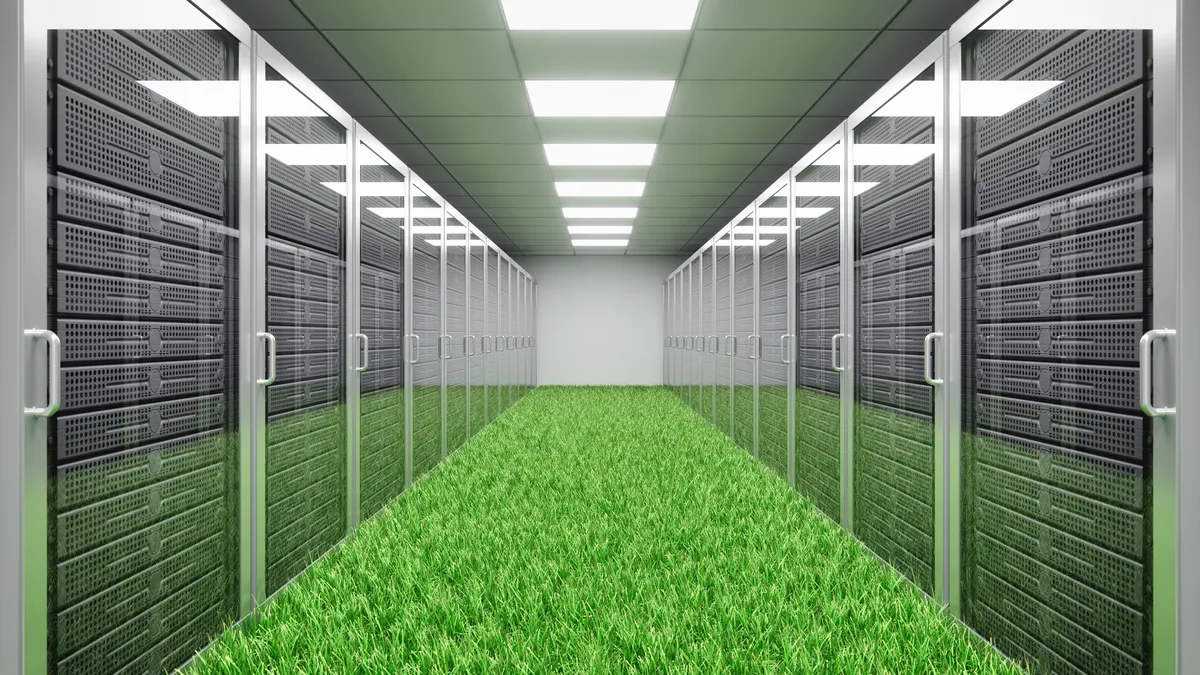Cost, convenience and compute are the big C’s driving the cloud market. Climate is a more recent addition to the list — one that’s gaining ground as the market matures and the planet warms.
Phase one of cloud was the great migration of data storage and applications that improved efficiency, provided access to greater computing power and, as a side benefit, brought significant carbon emissions reductions.
The second phase moved beyond infrastructure to offer an ongoing proliferation of SaaS and other “as a Service” products, a further bump to operational convenience and efficiency. These innovations may not specifically target environmental, social and governance (ESG), but the flip side of efficiency is sustainability.
Tech leaders are now counting on the next phase of cloud adoption — a migration of core business functions — to open new avenues for curbing greenhouse gasses.
“There's a huge pivot towards the heart of the business,” said Brian Campbell, principal in Deloitte Consulting’s Strategy practice. “That’s where we’re seeing a lot of the investment in innovation going as we look out over the next three to five years.”
ESG goals are one key area of innovation emerging as a top-ten business priority for C-suite leaders, according to a May survey of 400 chief executives by Gartner.
New Securities and Exchange Commission regulations that would make companies disclose greenhouse gas emissions annually are in the works, adding a degree of urgency to corporate ESG initiatives.
Most companies regard integrated cloud technologies, including AI, IoT and analytics, as a “force-multiplier” in driving positive outcomes across a wide array of objectives, according to a June report from Deloitte. Nearly three-quarters of 500 senior cloud decision-makers surveyed by Deloitte view cloud capabilities a means to achieving “better sustainability in support of environmental issues.”
Businesses in every sector are turning to an “industry cloud” approach, Campbell said, migrating processes that are specific to their industry and using AI-enabled technologies to accelerate modernization.
One trait of this phase of cloud maturation is the onboarding of software tuned specifically to industry use cases to replace less efficient legacy applications. Through that alone, Campbell said, companies are expecting to see sustainability gains.
Faster and more precise real-time monitoring tools, more energy efficient cloud servers and digital twin technologies that test sustainability implications of operational decisions are three ways companies are already pushing ESG agendas forward.
Nearly three-quarters of the 500 multinational companies surveyed by Accenture in June had deployed carbon measuring AI technologies to reduce emissions, and more than nine had set a goal of achieving net-zero targets by 2030.
Campbell said companies he consults with have started to set targets and are aware they need to be tracking emissions just like they track other metrics.
Those efforts are supported by technologies specifically designed to measure sustainability metrics.
“[Global system integrators] are now giving you good ways to measure the implications of a lot of the choices that you’re making as an organization,” Campbell said. “So, you're getting sustainability potential from the general investment that's going into cloud and cloud technologies.”












